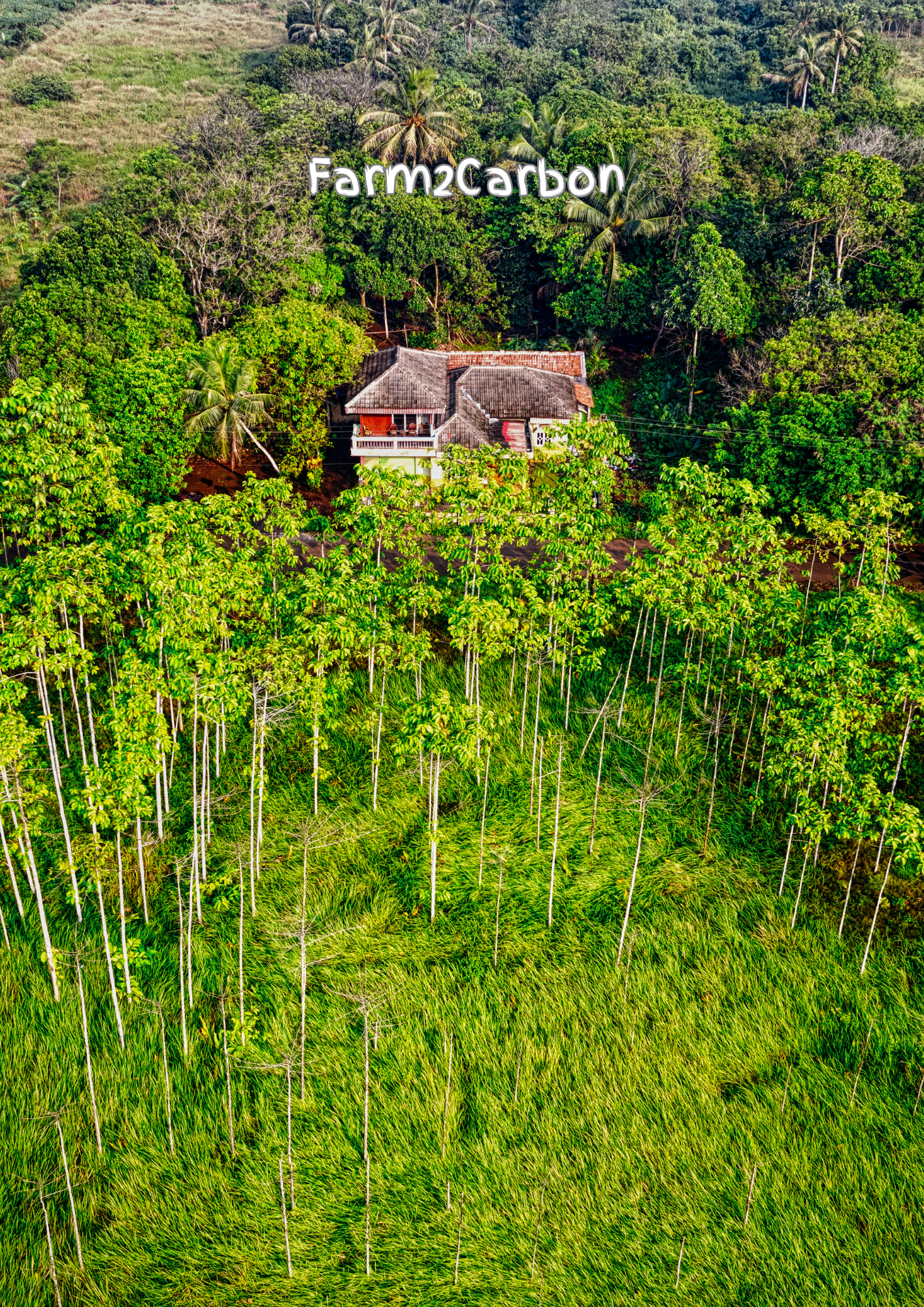Project Details

Chattogram Division in Bangladesh comprising Noakhali, Cumilla, Chattagram, Bandarban, Rangamati, Khagrachari and Cox’s bazar districts
The primary objective of agroforestry projects in Bangladesh’s coastal and hilly regions is to strengthen ecological resilience and socioeconomic stability through sustainable land-use practices. Coastal Zones: Focus is placed on combating salinity intrusion and cyclone impacts by integrating mangrove species (e.g., Keora) with aquaculture and salt-tolerant crops. These efforts restore degraded ecosystems while diversifying community livelihoods. Hilly Areas: Agroforestry aims to reduce soil erosion and deforestation through multistrata systems combining timber, fruit trees, and crops, thereby improving food security and land productivity. By promoting climate adaptation, carbon sequestration, and community empowerment, these initiatives align with Bangladesh’s Nationally Determined Contributions (NDCs) and the UN Sustainable Development Goals (SDGs), ensuring long-term ecological balance and poverty reduction.
Agroforestry offers Bangladesh a climate-smart land-use system that enhances productivity, biodiversity, and resilience. Studies show that tree–crop systems significantly increase carbon sequestration while improving yields compared to monocultures.
International and regional research confirms multiple benefits of agroforestry: regulating watersheds, reducing soil erosion by up to 77%, enriching soil fertility, and providing diversified income through timber, fruit, and fodder. In Bangladesh, traditional homestead gardens already reflect agroforestry principles, while government programs are promoting plantations along embankments and roads.
The FARM2CARBON project seeks to expand horticultural and agroforestry plantations on smallholder farmland in Chattogram Division comprising Noakhali, Cumilla, Chattagram, Bandarban, Rangamati, Khagrachari and Cox’s bazar districts, while integrating digital MRV systems. Its aims include carbon sequestration, income diversification, capacity building, and climate resilience.
The FARM2CARBON project will enhance the agroforestry iniatiative in Bangladesh can improve food security, stabilize soils, reduce climate risks, and provide farmers with new livelihood opportunities through carbon credits.
Project ID: TBD
Idea Generation & Pre Feasibility to Depelop Project Information Notes (PIN)
Project Idea Note (PIN) Development and Finalization
PIN Submitted to the GoB to Obtaint Letter of Intend (LoI)
LoI issued by GoB to Implement the Project
Investor Pitching to Obtain Required Investment
Project Document (PD) Development
Impacts
1
The Chattogram Division of Bangladesh—comprising Noakhali, Cumilla, Chattogram, Bandarban, Rangamati, Khagrachari, and Cox’s Bazar—offers a diverse landscape where agroforestry has strong potential to deliver both livelihood benefits and carbon credits.
Coastal Districts (Noakhali, Chattogram, Cox’s Bazar)
These areas are highly exposed to salinity intrusion, cyclones, tidal surges, and erosion. Agroforestry models that combine mangroves (e.g., keora, goran, coconut palms) with aquaculture and saline-tolerant crops can restore degraded soils, reduce disaster risks, and provide multiple income sources such as timber, fruits, fish, and honey. These tree-based systems also function as “bio-shields” against cyclones, while storing significant amounts of carbon in biomass and soils.
Hill Districts (Bandarban, Rangamati, Khagrachari)
In the Chittagong Hill Tracts, shifting cultivation (jhum) has caused deforestation, soil erosion, and biodiversity loss. Multistrata agroforestry—layering timber trees like teak and gamar, fruit trees like jackfruit and mango, and shade-tolerant crops like turmeric and ginger—can reverse these trends. Such systems mimic natural forests, improve soil fertility, stabilize slopes, and reduce landslide risks. From a carbon perspective, hill agroforestry sequesters carbon steadily in above-ground biomass while enhancing long-term soil carbon.
Plains and Semi-Urban District (Cumilla)
In more densely populated Cumilla, boundary and intercrop agroforestry models are suitable, where timber and fruit trees are planted along farmland edges or integrated with food crops. This maintains land productivity, increases household income, and builds small but scalable carbon sinks.
Carbon Credit Potential
Together, the division’s agroforestry potential is significant due to: (1) Large degraded and underutilized lands in coastal belts and hill tracts; (2) Suitability for both terrestrial and blue carbon projects; (3) Strong co-benefits: food security, disaster resilience, biodiversity restoration, and women’s empowerment through homestead management.



House - 92, Road-05, Block-D,
Basundhara Residential Area, Baridhara,
Dhaka-1212, Bangladesh
House-37, Road-11, Block-H
Banani, Dhaka-1213 Bangladesh